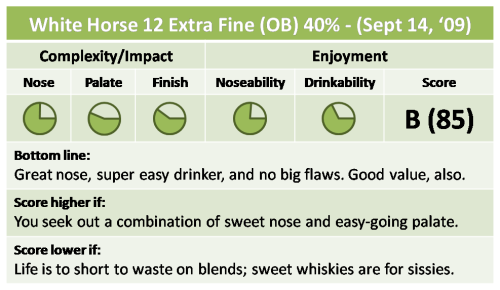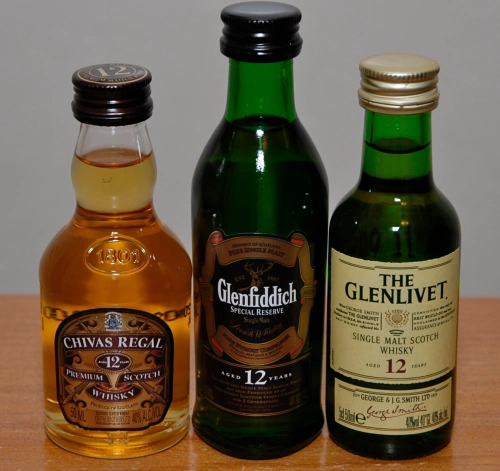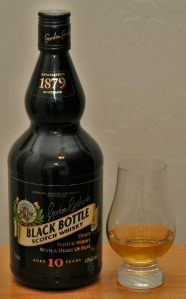Introduction
Ok, it’s been a LONG while since Master of Malt announced their Blogger’s Blend contest. But dammit, I bought the samples and took my notes, and wrote most of this article 2 months ago, so I’m going to do a blog post on it. 🙂
In short, the idea behind the Blogger’s Blend is to have 10 popular whisky bloggers concoct their own blend from a special blending kit provided by Master of Malt. MoM would then package up samples of all 10 blends and let the people decide which is the best value for the money. The winner would be bottled and released by MoM. Pretty cool! The sample set was priced at around $48, taking conversion rate into account. Add shipping and you’re in the $70 neighborhood. Pretty steep, and I almost didn’t do it, but I wanted to support my fellow bloggers.
I thought about posting my notes on all of the blends, but most people are never going to have access to them all, and besides, there are already good accounts of the whole set available. Check out Whisky Notes for one of the best round-ups. I’m going to provide notes for Blend “I”, which is the one I picked as my favorite. The samples came with an information sheet, which listed the amount that each blend would cost if it wins. The prices range from £36 to £68, with Blend I priced at £55.
Tasting Notes
Nose: A little bit of lemon and coal smoke combination like Caol Ila. A little bit of tar like Laphroaig. Very relaxed, though, tamed perhaps by the grain and other malts in the blend. Palate: Peaty, a little sweet, but most notable for what’s not there…I just don’t taste anything that reminds me of cheap grain whisky at all in this one. Finish: Longer than many of the other Blogger Blends, but medium in the grand scheme. Smoke in the back of the nostrils that once again reminds me of Caol Ila. It’s peaty, yet delicate at the same time.Comments: I swore going into this that I wouldn’t get sucked in by my islay-leaning preferences, but dang it…I love this whisky! Of all of the malts and blends I’ve tried over the past 3+ years, this might be the one that I would most like to use as an introduction to Islay peat smoke for smoky whisky newbies. It reminds me of Johnnie Walker Blue with its ability to present smoke on the nose and in the finish, while also going down smoothly and not overwhelming at any stage in the drinking process. Well done! A solid B rating in my book.
Conclusion
Since trying the set of blends and voting for Blend I as my favorite, I’ve learned that “I” was indeed the first place vote getter, and apparently by a wide margin. Well, at least if I was duped by the prominent use of Islay whisky, I wasn’t the only one. I really do think this offers an experience similar to what you get from JW Blue (but with a narrower flavor profile). I don’t think the Blogger’s Blend is as complex as the $200 Blue Label, but for the area where the two intersect, I think “Blogger’s Blend I” accomplishes the same feat of making a smoky whisky easy and enjoyable to drink (though Blend I leans more towards an Islay smoky profile than JW Blue). It has an easy going finish that will leave the occasional whisky drinker marveling at how “smooth” it is.
Unfortunately, another way it’s similar to JW Blue is that, as a whisky enthusiast, I’m having a hard time justifying the purchase of a bottle relative to the many brilliant single malts available at the same or lower price point. Actually, if I lived in the UK and could avoid the shipping cost, I would probably buy a bottle.
So, why did I choose one of the most expensive whiskies as the “winner”, when we’re supposed to be taking value into account? My justification is that even the least expensive blend is expensive by blend pricing standards. For comparison, many people think Johnnie Walker Gold is a good value at $70 relative to some super expensive whiskies, even though it’s 3.5 times more expensive than JW Black. That’s where I’m at with these blends. Blend I is to JW Gold as several of the other blends are to JW Black. It’s just that they’re all more expensive than I would like.






